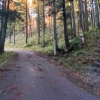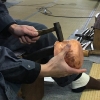Many festivals in Japan are marked by those spectacular bursts of color and noise that light up the heavens, and Niigata is no exception. The Nagaoka Fireworks Festival is among the top three hanabi events in the nation on account of its artistry, scale and its deep emotional connection with the past. While it is the prefecture’s quintessential summertime celebration, it also serves as a reminder of Nagaoka’s war-torn past, and a bright beacon of hope for its future.
Fire From Above
Interestingly enough, Nagaoka’s history with fireworks dates back to the Meiji period (1868 to 1912) at the festival of Senjumachi Hachiman Shrine, but the real show would be blazed out of bloodshed. To set the scene, let’s go back to that fateful day at 9:06pm on August 1st, 1945. Imagine going out for an evening stroll in the heat of the night and suddenly the sounds of sirens pierce the air. You hurriedly head back inside and take shelter, but then about 80 minutes later, the alarms shift to an air raid alert, and then the bombings begin. From 10:30pm until 12:10am, a total of 129 American B-29 bomber planes pummeled the city of Nagaoka with 924.3 tons of explosives, leaving a wake of death and destruction. The next morning horrified survivors found 11,986 buildings razed, 1,488 dead bodies scattered throughout the ruins around and their beloved city now a charred husk.
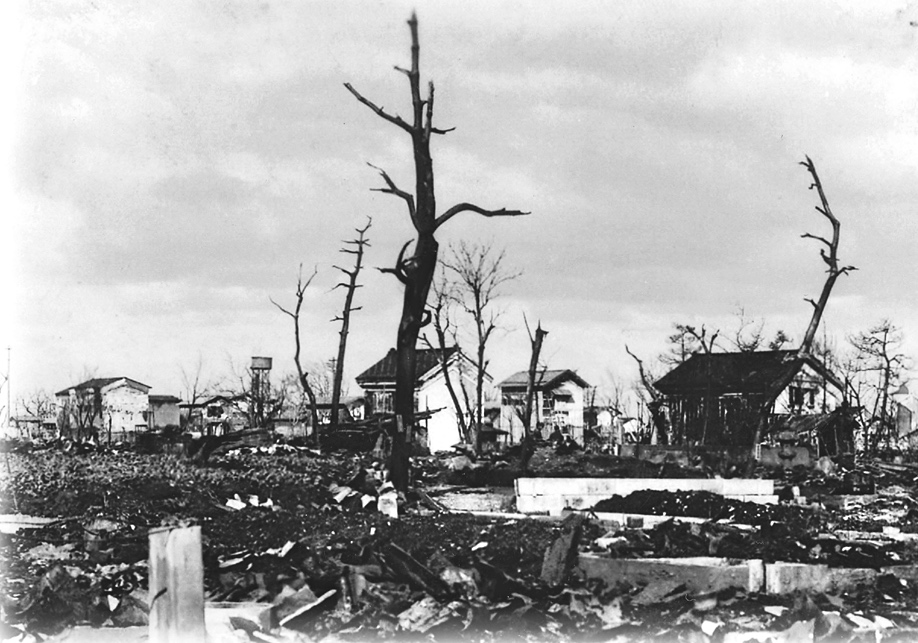
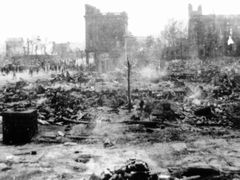
It seems surreal to think that the rural prefecture of Niigata would be the victim of such aggression, but according to declassified US documents, Niigata City was actually in the running as a site to test the atomic bomb! Thanks to the spacious distance between industrial and residential areas, it was deemed as an ineffective target and dodged a literal bullet, but that didn’t stop Allied forces from indiscriminately conducting air raids on major cities in the surrounding areas. Thus, Nagaoka City was almost wiped off the map in a flurry of firepower. Almost.
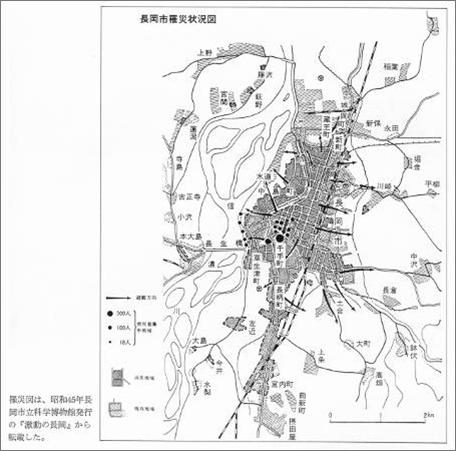
Rising from the Ashes
Despite how bleak the future seemed, the very next summer on the first anniversary of the bombing, the Nagaoka spirit stirred and the city quickly began repairs. The Niigata Prefecture Nagaoka Reconstruction and Construction Department was established, which entailed new roads, a new city zoning plan and a plan to revive the city’s beloved fireworks.
In the summer of 1947, Nagaoka’s fireworks were officially back, and with each passing year, the Nagaoka Reconstruction Festival got bigger and bigger until in 1951, it was held under the truncated moniker of the “Nagaoka Festival”. Coincidently, it was also the first year—but not the last—that the city would release its iconic offering, shosan-shakudama: the umbrella-like firework that draws in thousands of crowds each summer.
Nagaoka Festival Today
The event itself is a 3-day festival held on both banks of Japan’s longest river, the Shinano river, starting on August 1st at 10:30pm, the same infamous time as the air raids, and with August 2nd and 3rd serving as official “Fireworks Days”. It kicks off with the launching of three white fireworks (shiragiku) as a show of respect to those lost in the carnage and as a symbol of peace for future generations.
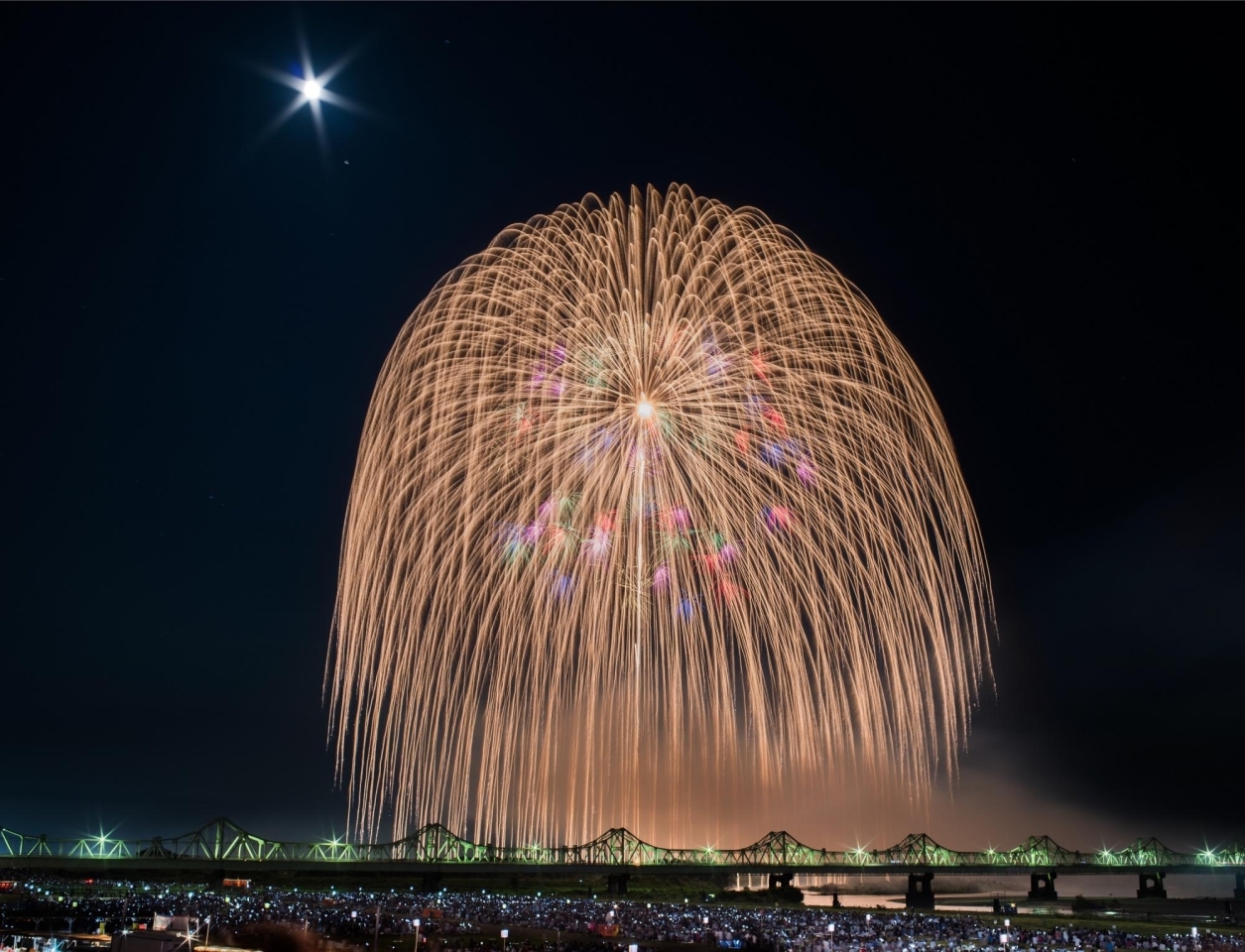
Throughout the next few hours, guests will be dazzled by a monumental array of fireworks, such as the aforementioned shosan-shakudama—the biggest fireball allowed by law!—that erupts sky high, then showers attendees with a shimmering awning 650m in diameter. However, the highlight is the breathtaking “Phoenix Fireworks for Recovery”, which must be seen to be believed. Exploding balls of vivid grandeur are simultaneously launched from six individual points stretched out to 2km, giving all in attendance the impression of the eponymous bird protecting the city with its enormous fiery wingspan. This magnificent event was established in 2005 as a prayer of recovery to those affected by the Niigata Chuetsu Earthquake in 2004, and garners support every year via donations.
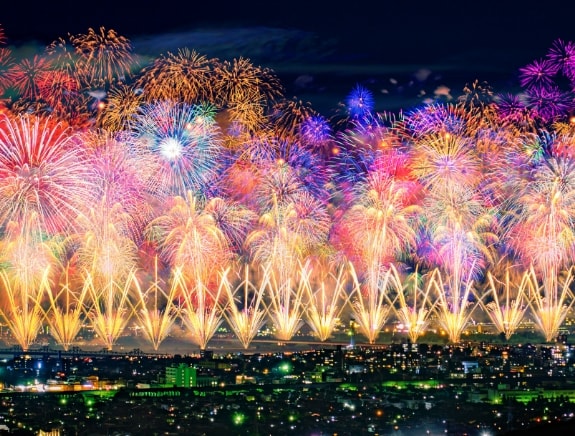
Conclusion
Like its mythical avian protector, the people of Nagaoka have also risen from the ashes, with the fireworks as a manifestation of their pain, strength and hope. If you want to see healing on a grand scale, the Nagaoka Festival is the seasonal must-see not only for locals, but for domestic and international guests hoping to witness a magnificent yet peaceful display of firepower.
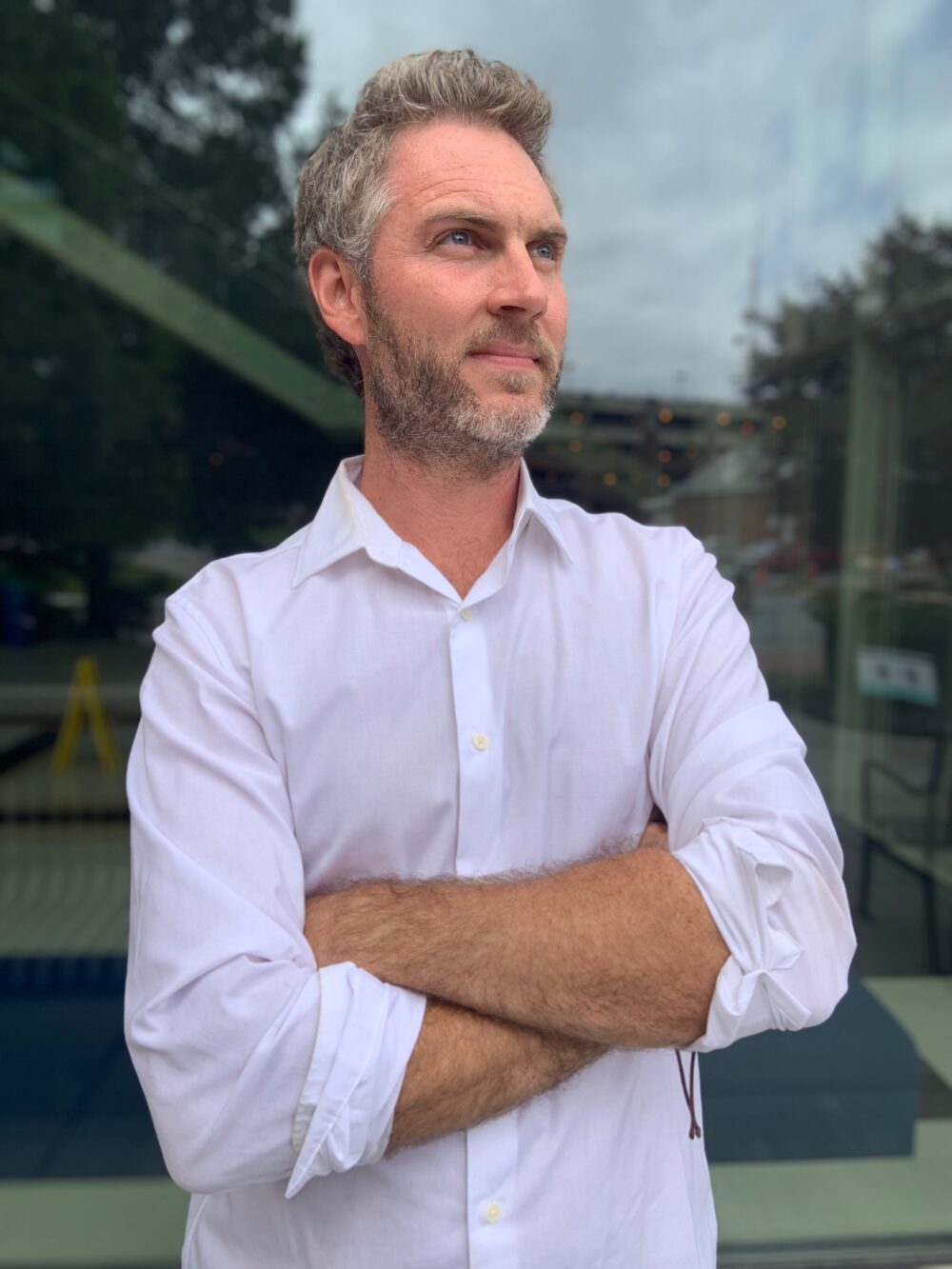 |
Even though Joshua Furr is from North Carolina (home of bluegrass, flight and Pepsi), he prefers a life outside the U.S, specifically Niigata prefecture.
He has a beautiful wife and two sons, all whom he forces to listen to Japan-based conversation and 80s city-pop. Around lunch, he dreams about eating gyudon at Sukiya. When he’s not spending time with his family, he’s writing, teaching or jogging with his dog in the forest. |








